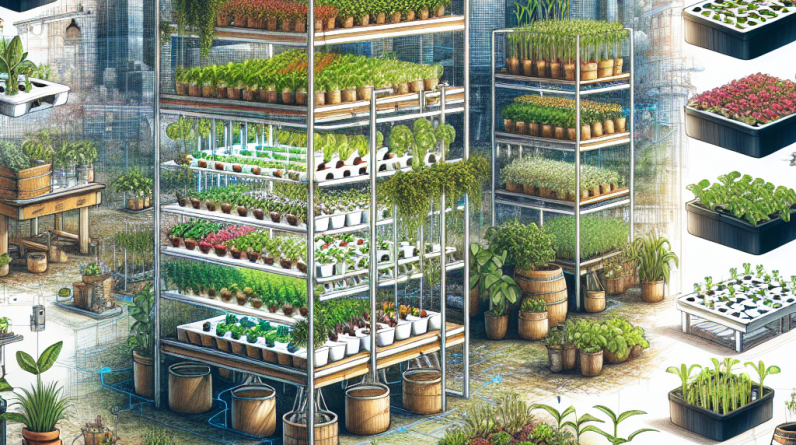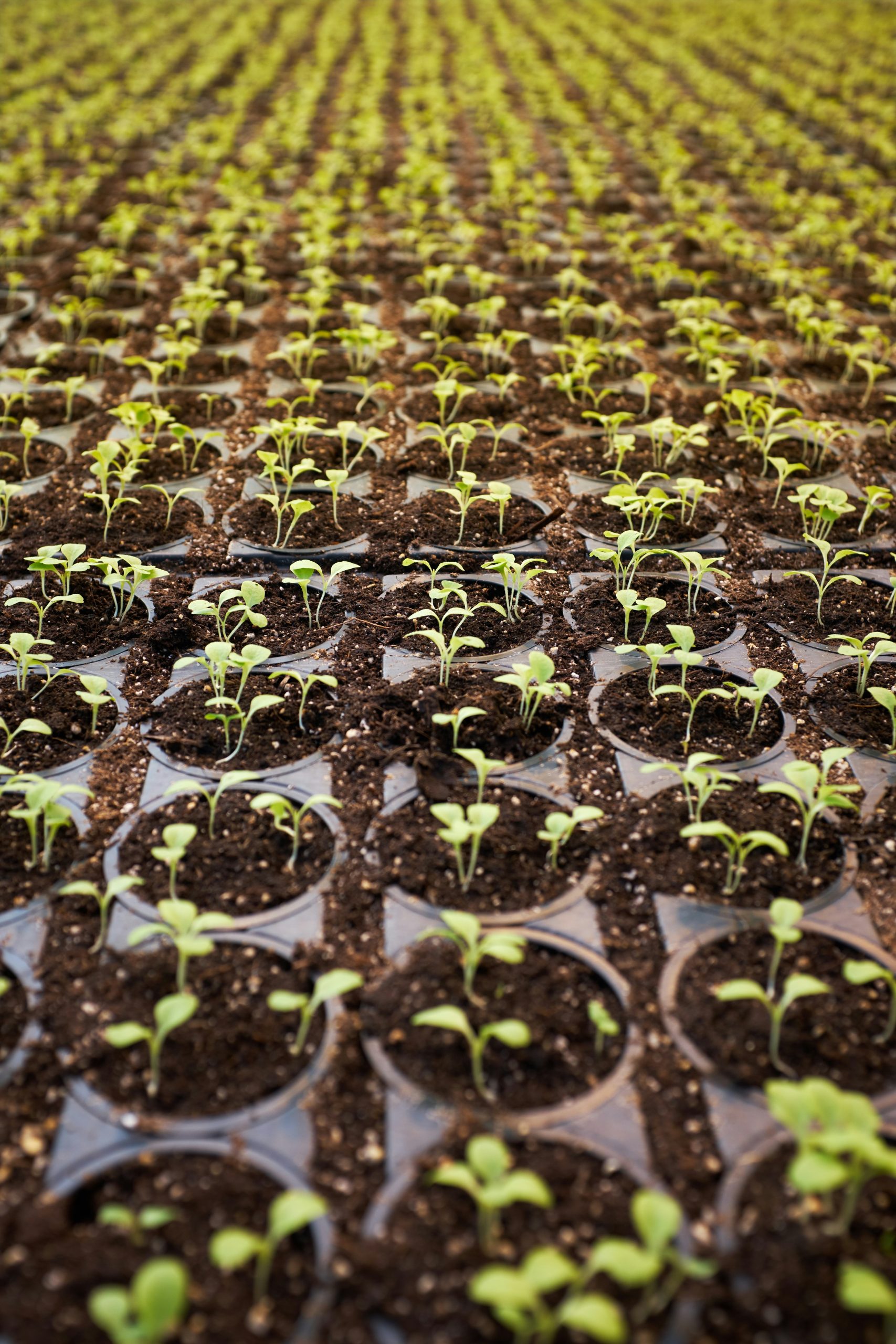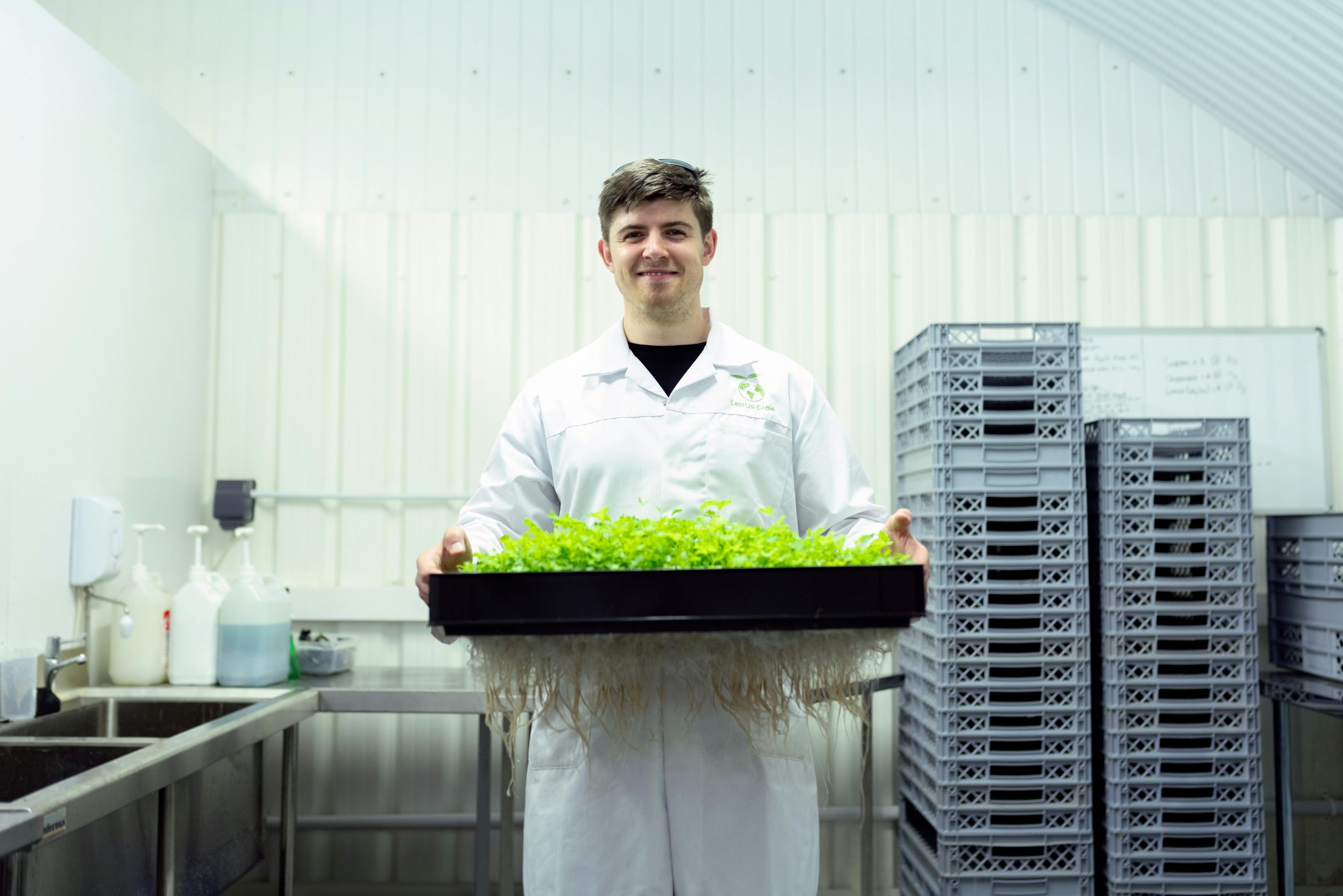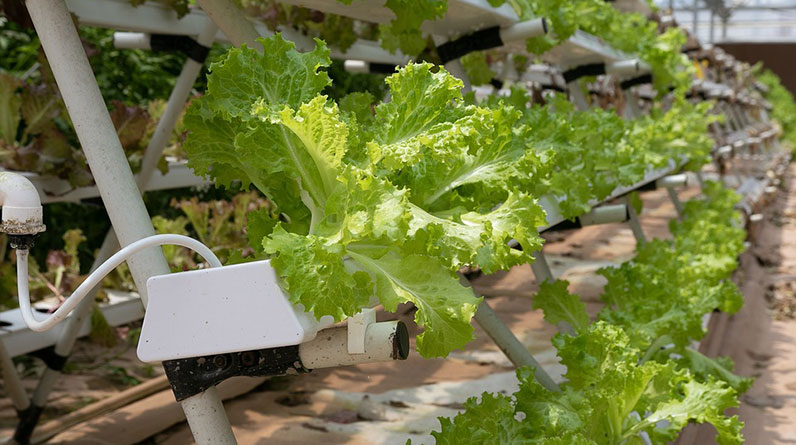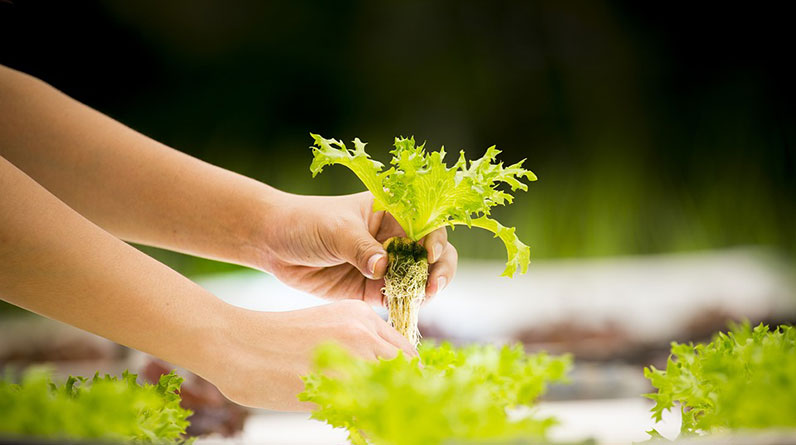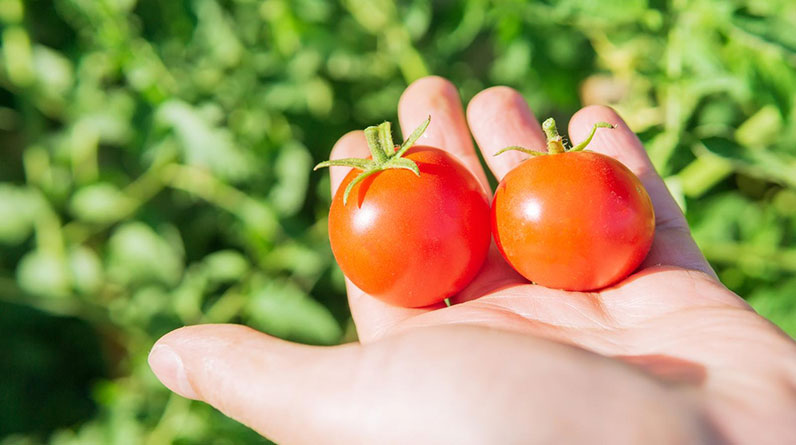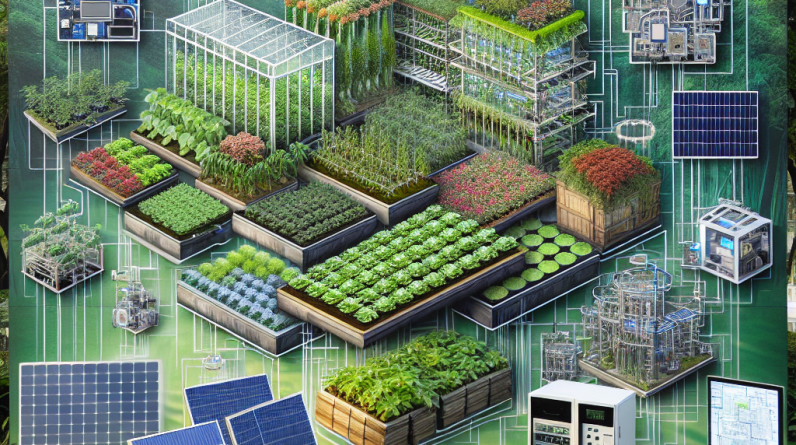
- Understand the Basics of Outdoor Hydroponics
- Choose the Right Location and Site
- Select Optimal Hydroponic Systems for Outdoor Use
- Monitor and Manage Environmental Factors
- Implement Integrated Pest Management
- Optimize Nutrient Solutions
- Use Climate-Resilient Crops and Varieties
- Ensure Water and Solar Efficiency
- Leverage Technology for Monitoring and Automation
- Plan for Seasonal Changes and Crop Rotation
1. Understand the Basics of Outdoor Hydroponics
What is Outdoor Hydroponics?
Outdoor hydroponics refers to growing plants without soil in nutrient-rich water solutions, directly exposed to natural elements. In 2025, this method is gaining popularity due to its efficiency and sustainability, especially in suitable climates. Unlike traditional soil gardening, outdoor hydroponics allows for faster growth and higher yields by precisely controlling nutrient delivery.
This technique offers a fascinating way to maximize space, reduce soil-borne pests, and promote organic practices. For many growers, understanding the fundamentalsâsuch as nutrient balance, water quality, and plant supportâis crucial for success. As you embark on outdoor hydroponic projects, gaining foundational knowledge helps avoid common pitfalls like nutrient deficiencies or waterborne diseases.
Some key concepts include the use of different hydroponic systems like Nutrient Film Technique (NFT), Deep Water Culture (DWC), and Wick systems. Each has unique advantages depending on your available space and local climate conditions.
Benefits and Challenges of Outdoor Hydroponics
Growing outdoor hydroponically presents numerous benefits, such as faster crop cycles, precise nutrient management, and reduced soil-borne pests. However, it also introduces challenges like environmental variability, weather dependence, and pest control. In 2025, adopting best practices and innovative solutions is vital to overcoming these hurdles.
For example, integrating weather-resistant structures or coverings can shield crops from heavy rains and extreme temperatures, ensuring steady growth. Furthermore, outdoor hydroponics allows for scalable applicationsâfrom small backyard setups to commercial farmsâmaking it accessible to a broad range of growers.
Research indicates that outdoor hydroponic systems can improve water use efficiency by up to 70%, making them a sustainable choice in the face of water shortages. But understanding these fundamentals helps you tailor your planning and boost success rates.
2. Choose the Right Location and Site
Assessing Sunlight and Shelter
The success of outdoor hydroponics heavily depends on selecting an ideal site with ample sunlightâat least 6-8 hours of direct sunlight daily. Sunlight drives photosynthesis, which directly influences plant growth rates. In 2025, using solar orientation and shading solutions can maximize light exposure while protecting crops from harsh weather.
Furthermore, considering shelter options such as windbreaks or nearby structures can mitigate environmental stressors. Proper positioning reduces the risk of temperature swings and wind damage, which are common challenges in outdoor settings.
For example, placing your hydroponic setup on the south-facing side of a building can improve sunlight reception. Additionally, using shade cloths during peak summer months prevents heat stress, helping maintain optimal growth conditions.
Soil and Drainage Considerations
Even in hydroponic setups, the underlying site should have well-draining soil to prevent waterlogging around the rootsâespecially if reactors or containers are placed directly on the ground. Choosing a flat, stable area minimizes flooding risks, and elevating systems can improve drainage and airflow.
Good drainage reduces root diseases and promotes oxygen availability in your nutrient solution. Before setting up, test your site for drainage capacity and consider amending the soil or installing raised beds if necessary.
Implementing a percolation test can save you from future problems, ensuring your outdoor hydroponic system thrives in its chosen location.
3. Select the Optimal Hydroponic Systems for Outdoor Use
Popular Outdoor Hydroponic Systems
Choosing the right system is essential for outdoor hydroponics success in 2025. Options like Nutrient Film Technique (NFT), Deep Water Culture (DWC), and Aeroponics each offer unique benefits. For outdoor environments, systems that are durable and weather-resistant are preferable.
For example, DWC systems are relatively simple to set up and can accommodate large plants like tomatoes and cucumbers. Meanwhile, NFT systems excel for leafy greens but require protective covers in unpredictable weather.
Assess your available space, budget, and crop choice when selecting a system. Research shows that DWC systems can yield up to 25% more produce compared to traditional soil gardening in outdoor setups.
Weatherproofing Your Hydroponic Infrastructure
Protecting your hydroponic systems from the elements ensures longevity and consistent production. Use weather-resistant materials such as UV-stable plastics or corrosion-proof metals for pipes and containers.
Installing protective covers or greenhouses further shields your crops from heavy rain, hail, and wind. In 2025, advanced materials like polycarbonate panels are cost-effective options that provide excellent weather resistance.
Moreover, anchoring your system securely prevents displacement caused by storms, reducing maintenance costs and crop loss. Proper infrastructure planning is an investment towards sustainable outdoor hydroponics success.
4. Monitor and Manage Environmental Factors
Controlling Temperature and Humidity
Outdoor hydroponics is vulnerable to temperature fluctuations. Optimal growing temperatures vary by crop but generally fall between 65°F and 75°F (18-24°C). Use shade structures or fans to regulate heat during hot months and heaters for cooler periods.
Monitoring devices such as digital thermometers and hygrometers help keep environmental conditions within desired ranges. Consistent temperature control improves nutrient uptake and reduces stress on plants.
In 2025, integrating IoT sensors can automate adjustments, ensuring your outdoor hydroponic garden remains in peak condition regardless of weather variability.
Air Circulation and Pest Management
Good air circulation prevents fungal diseases and promotes plant health. Positioning your hydroponic setups with space around them allows natural airflow, reducing the risk of mold and mildew.
Pest infestations can severely threaten outdoor hydroponics. Implement integrated pest management (IPM) strategiesâusing physical barriers, natural predators, or organic repellentsâto control pests without harmful chemicals.
Regular inspections and maintaining cleanliness are essential. In 2025, adopting smart pest detection tools can help you take swift action against potential threats.
5. Implement Integrated Pest Management
Natural Pest Control Methods
To succeed in outdoor hydroponics in 2025, sustainable pest control methods are vital. Introducing beneficial insects like ladybugs or using companion planting can naturally suppress pests. For instance, planting marigolds near your crops deters nematodes and aphids.
Organic sprays such as neem oil or insecticidal soaps are effective and safe alternatives to chemical pesticides. Regularly monitoring pests allows for early intervention, preventing infestations from spreading.
Adopting these practices not only protects your plants but also maintains an eco-friendly operationâan essential consideration in modern sustainable farming.
Physical Barriers and Environmental Controls
Using row covers or insect netting creates physical barriers against pests while allowing sunlight and air to circulate. This is especially effective in outdoor setups where pests are more prevalent.
Maintaining a clean environment eliminates hiding spots for pests and reduces disease risk. Proper site sanitation and crop rotation also play roles in sustainable pest management.
In 2025, smart environmental sensors can alert you to pest activity, enabling timely responses that minimize crop loss.
6. Optimize Nutrient Solutions
Developing a Balanced Nutrient Mix
In outdoor hydroponics, maintaining a precise balance of macro- and micronutrients ensures vigorous plant growth. Regular testing of the nutrient solution allows for adjustments tailored to crop needs and environmental conditions.
Common essential nutrients include nitrogen, phosphorus, potassium, calcium, magnesium, and trace elements like iron and zinc. In 2025, automated dosing systems can keep solutions consistently optimized, reducing manual labor.
For instance, tomatoes grown hydroponically often require higher potassium levels during fruiting. Adjusting nutrients accordingly enhances yield quality and quantity.
Water Quality and Recycling
Using high-quality water free from contaminants is critical. Regularly testing pH and EC (electrical conductivity) levels helps keep nutrient availability optimal. In outdoor hydroponics, rainwater collection systems can supplement your water supply but require filtration.
Recycling nutrient solutions reduces waste and conserves resources. Implementing filtration and sterilization methods prolongs solution life and safeguards plant health.
Research shows that efficient nutrient management can improve crop yields by up to 20% in outdoor hydroponic settings in 2025.
7. Use Climate-Resilient Crops and Varieties
Selecting the Right Crops for Outdoor Hydroponics
Choosing crops that thrive in your local climate and are suitable for hydroponic cultivation is crucial. In 2025, climate-resilient varieties that withstand temperature extremes, pests, and diseases are increasingly available.
Popular choices include kale, lettuce, cherry tomatoes, and peppers. For challenging climates, select drought-tolerant or cold-resistant strains to ensure consistent harvests.
Tailoring your crop selection to environmental conditions reduces resource use and boosts reliability, making outdoor hydroponics more feasible year-round.
Hybrid and GMO Varieties
Developments in hybrid and genetically modified organisms (GMOs) provide drought or pest-resistant options, ideal for outdoor hydroponic systems. These plants typically have higher yields and require fewer inputs.
Always verify regulatory compliance and consider organic certifications if applicable. Using resilient varieties simplifies management and increases the likelihood of success in diverse weather conditions.
In 2025, staying updated on the latest crop innovations allows you to make informed decisions for a resilient thus productive outdoor hydroponic farm.
8. Ensure Water and Solar Efficiency
Water Conservation Techniques
Water efficiency is vital for outdoor hydroponics. Recycling nutrient solutions, using drip irrigation, and implementing rainwater harvesting can significantly reduce water consumption.
Monitoring systems that track water use help identify leaks or inefficiencies, saving resources. In 2025, integrating smart controllers ensures minimal waste while maintaining ideal moisture levels.
Hydroponic systems inherently use less water than traditional soil farming, but optimizing the delivery process can cut water use even further.
Harnessing Solar Power
Outdoors, solar energy can power pumps, lights, and environmental controls, reducing operational costs and environmental impact. Installing solar panels on or near your farm enhances sustainability.
Automated control systems paired with solar power allow for remote management of system parameters. This is especially useful for larger operations or farms in remote locations.
In 2025, solar technology has become more affordable and efficient, making renewable energy integration a smart choice for outdoor hydroponic growers.
9. Leverage Technology for Monitoring and Automation
Smart Sensors and IoT Devices
Using smart sensors to monitor moisture, temperature, pH, and light levels helps maintain optimal conditions effortlessly. IoT (Internet of Things) devices can send real-time data to your phone or computer, enabling quick adjustments.
Automated systems can control nutrient dosing, ventilation, and shading based on sensor feedback, reducing labor and human error. In 2025, such technology is more accessible and crucial for professional outdoor hydroponics operations.
This technology not only improves crop consistency but also helps diagnose problems earlyâpreventing crop losses.
Data-Driven Decision Making
Analyzing collected data allows you to identify patterns and optimize your outdoor hydroponic system. Trends in temperature, humidity, and plant growth inform better planning and management.
Forecasting models can predict weather impacts, helping you prepare or adjust your setup proactively. Adopting digital record-keeping enhances continuous improvement over time.
In 2025, the integration of AI and data analytics will be the norm, pushing outdoor hydroponics toward higher efficiencies and yields.
10. Plan for Seasonal Changes and Crop Rotation
Adapting to Weather Seasons
Seasonal planning is critical in outdoor hydroponics. Using cover crops, insulation, or greenhouses extends your growing season beyond traditional limits. In 2025, climate prediction tools help you forecast weather and plan accordingly.
Rotating crops prevents pest buildup and nutrient depletion, maintaining system health. For example, switching from leafy greens to fruiting crops in different seasons maximizes yield potential.
Strategic planning ensures your outdoor hydroponic system remains productive year-round regardless of seasonal fluctuations.
Sustainable Crop Rotation Practices
Implementing crop rotation prevents soil and system exhaustion, even in hydroponic environments. Rotating plant families reduces pest and disease pressures naturally.
Designing a rotation schedule that aligns with crop growth cycles maximizes space utilization and harvests. Incorporating leguminous plants can also enhance nutrient levels naturally.
In 2025, combining seasonal adaptability with rotation strategies creates a resilient and productive outdoor hydroponic farm.
Frequently Asked Questions about Outdoor Hydroponics
1. What are the main benefits of outdoor hydroponics?
Outdoor hydroponics offers faster growth rates, higher yields, water efficiency, and reduced soil-borne pests. It also allows for scalable and sustainable farming, making it ideal for both hobbyists and commercial growers in 2025.
2. Can outdoor hydroponics work in all climates?
While it is adaptable to various climates, success depends on selecting climate-resilient crops, using protective coverings, and managing environmental factors effectively. Equip your system with climate control options for best results.
3. How do I protect outdoor hydroponic systems from pests?
Use physical barriers like netting, implement integrated pest management practices, and introduce beneficial insects. Regular monitoring and sanitation also help prevent severe infestations.
4. How do I ensure nutrient balance in outdoor hydroponics?
Regular testing of the nutrient solution’s pH and electrical conductivity, along with automated dosing systems, help maintain optimal nutrient levels tailored to the specific crops you’re growing.
5. Why is outdoor hydroponics considered sustainable in 2025?
It uses significantly less water, reduces land use, and can be powered by renewable energy sources. The ability to grow high-value crops efficiently outdoors aligns with sustainability goals for modern agriculture.
Conclusion
In 2025, outdoor hydroponics stands out as a forward-thinking approach to sustainable agriculture. By applying these 10 effective strategiesâranging from site selection to technological integrationâyou can achieve remarkable success with your outdoor hydroponic ventures. Proper planning, environmental management, and innovative solutions will ensure your crops thrive despite climatic challenges. Mastering outdoor hydroponics is not just about maximizing yields but also about building resilient, eco-friendly systems that meet the growing demand for fresh, locally grown produce. Embrace these strategies today to make your outdoor hydroponics operation a lasting success in 2025 and beyond.



